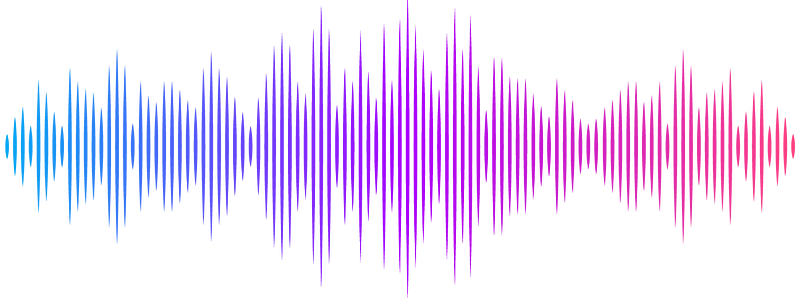Multi-parametric imaging of spatio-temporal cAMP signaling, transmembrane potential, and intracellular calcium in the Langendorff-perfused heart

Multi-parametric imaging of spatio-temporal cAMP signaling, transmembrane potential, and intracellular calcium in the Langendorff-perfused heart
Lee, I.-J. E.; Caldwell, J. L.; Mott, L. R.; Wang, L.; Ripplinger, C. M.
AbstractThe spatiotemporal dynamics of intracellular second messengers and signaling molecules, including cyclic adenosine monophosphate (cAMP), have been studied extensively in isolated cardiomyocytes using Forster resonance energy transfer (FRET)-based reporters. However, little is known about how molecular signaling events affect tissue-level function. Optical mapping of transmembrane potential (Vm) and intracellular calcium (Ca2+i) is frequently performed in isolated intact hearts to reveal tissue-level electrophysiological function but cannot reveal molecular underpinnings. Here, we developed a novel multi-parametric optical imaging system that enables multi-parametric recording of four wavelengths to visualize cAMP and real-time electrophysiological responses (Vm and Ca2+i) by utilizing concurrent FRET imaging and dual optical mapping (FRE-DOM) in the intact heart from a cardiac-specific FRET-based cAMP reporter mouse. We showed that cAMP is strongly and heterogeneously activated throughout the heart (atria and ventricles) in response to {beta}-AR stimulation, the time course of which matches heart rate, action potential, and Ca2+ responses. This novel imaging system will provide insight into the relationship between cAMP signaling, electrophysiology, and arrhythmogenesis at high spatio-temporal resolution.